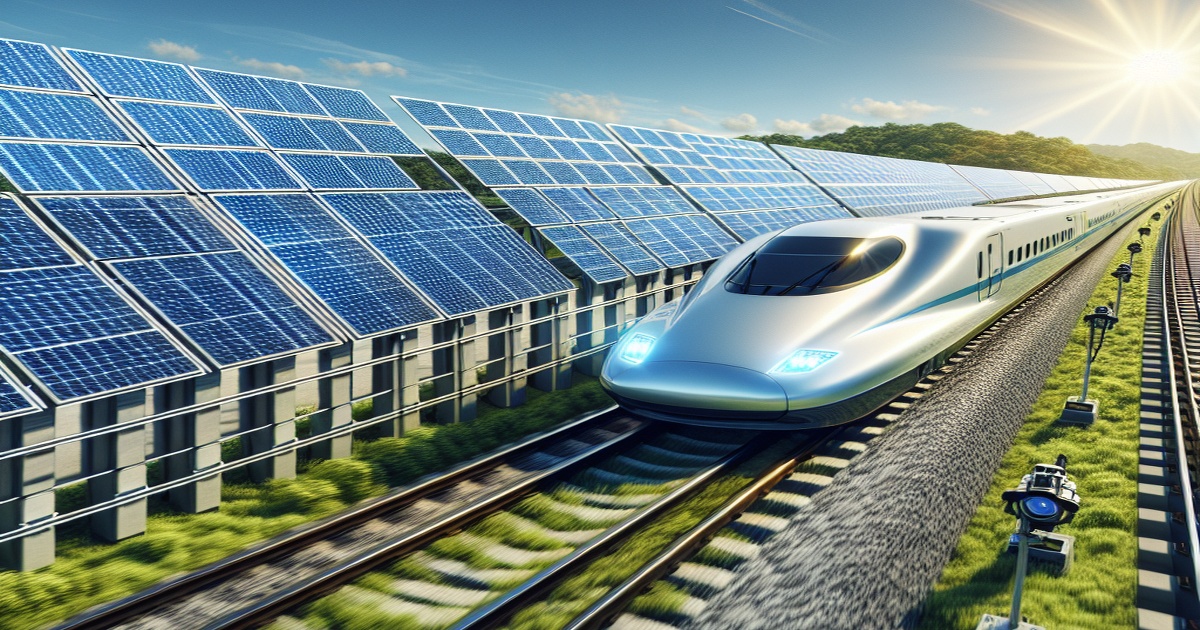In an innovative move, Central Japan Railway Co. (JR Tokai) is planning to implement next-generation thin solar cells on the noise barriers bordering the Tokaido Shinkansen Line. This initiative aims to capitalize on renewable energy by generating electricity to sustain lighting and other operational needs at stations and rail-related facilities.
The noise barriers along this line span approximately 650 kilometers, presenting a substantial area for solar energy capture. This month marks the start of demonstration experiments at a research facility in Komaki, Aichi Prefecture, where JR Tokai will collaborate with Sekisui Chemical Co. to test perovskite solar cells. These modern solar cells are noted for being lighter and more flexible compared to traditional silicon options, allowing them to be integrated onto various surfaces, including walls and even windows, as well as accommodating curved structures.
During the experiments, the prototype solar cells will undergo rigorous testing to simulate the vibrations and wind pressures created by high-speed bullet trains. Their photovoltaic efficiency will also be examined under different outdoor conditions. The Tokaido Shinkansen Line primarily connects Tokyo with Shin-Osaka, and plans include positioning the solar cells on guide rails attached to the exterior of the noise barriers that face south. Depending on the results from the experiments, JR Tokai will evaluate the practicality of these solar cells for long-term implementation.







8 Comments
Marishka
The solar panels might even enhance the aesthetics of the noise barriers.
Pupsik
Fantastic! Using solar panels on noise barriers is a creative solution.
Marishka
This project has the potential to inspire other countries to follow suit.
Pupsik
What a waste of money! Solar panels on trains? Focus on improving service, not playing scientist.
Marishka
It's good to see them using technology to improve their infrastructure.
Bella Ciao
This is just a PR stunt. Don't fall for their greenwashing tactics.
Muchacha
This won't even make a dent in Japan's energy needs. Greenwashing at its finest.
Mariposa
Anything that reduces pollution and dependence on fossil fuels is a positive development.